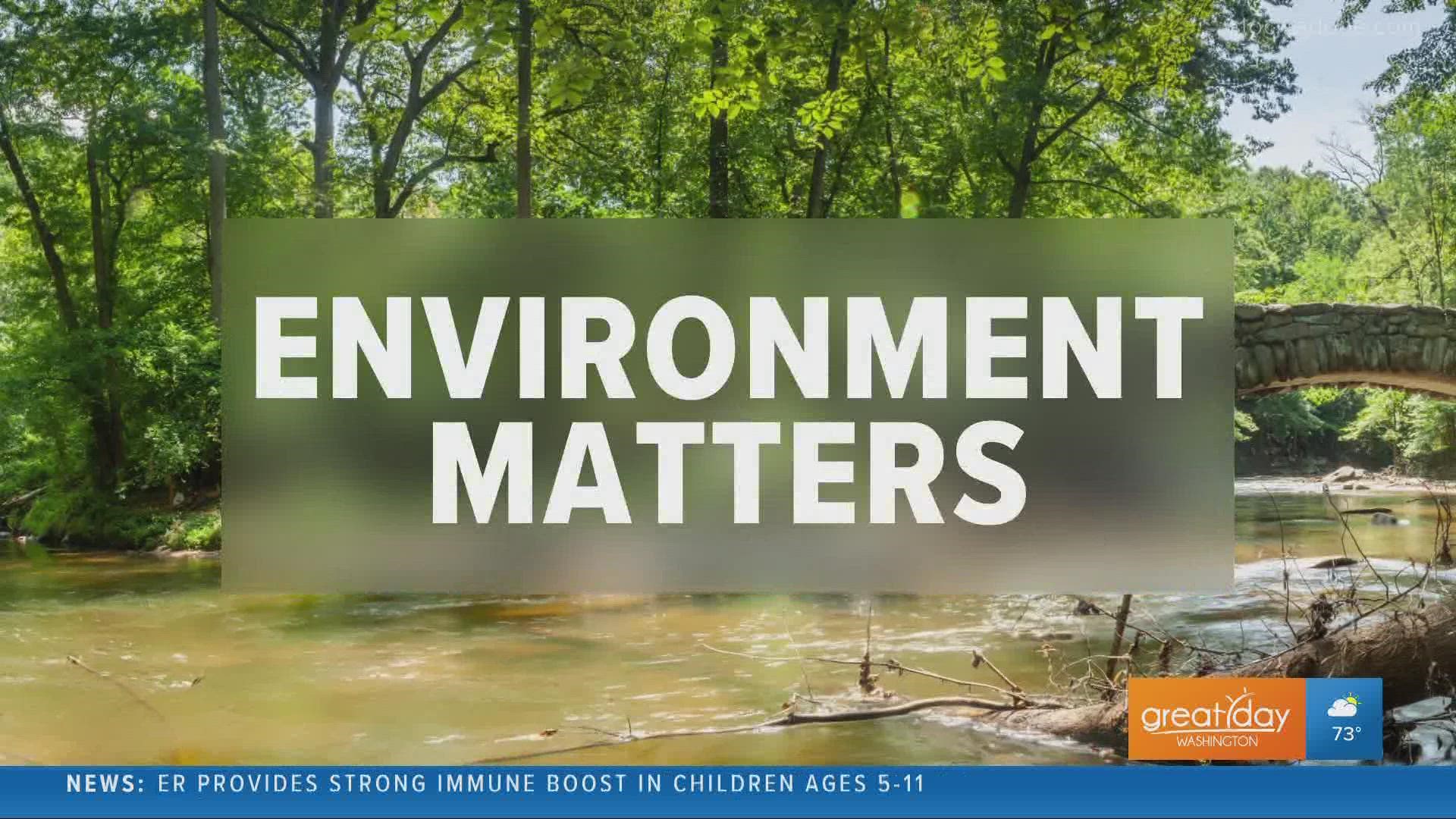WASHINGTON — When the summer heat hits, it can be brutal. On average, heat has been the number one weather-related killer in the United States for the last 30 years.
The National Oceanic and Atmospheric Administration (NOAA) is trying to cool that trend by identifying and monitoring the areas most vulnerable to heat. The "Urban Heat Mapping Campaign" will use heat data from 14 regions around the country and two international cities. This year Montgomery County has been selected as one of the 14 areas around the country to participate.
Montgomery County is looking for people to join the campaign. Volunteers will use heat sensors mounted onto their cars as they travel their neighborhoods on one of the hottest days of the year. The sensors will record temperature, humidity, time, and location.
“These local maps will help us identify where we can take action to protect vulnerable neighborhoods now and in the future from extreme heat risk,” Montgomery County Executive Marc Elrich said. “We are pleased to be participating in this nationally competitive program and continuing our work in Montgomery County toward equitable climate resilience.”
Residents can sign up to be a "street scientist" in the heat mapping project by going to the MyGreenMontgomery.org website.
Urban Heat Islands are areas that are hotter than nearby neighborhoods due to buildings, pavement, and other parts of urban environments. These areas are warmer because pavement, concrete and buildings absorb and emit the sun's heat more than vegetated and rural type areas.
Urban heat islands can put people at heightened risk of illness and death during extreme heat events.
Montgomery County officials said the heat mapping campaign will allow local climate scientists and residents to work together to identify the hottest areas in the county.
There was a total of 16 heat-related deaths in Maryland in 2021 during the heat monitoring period.

